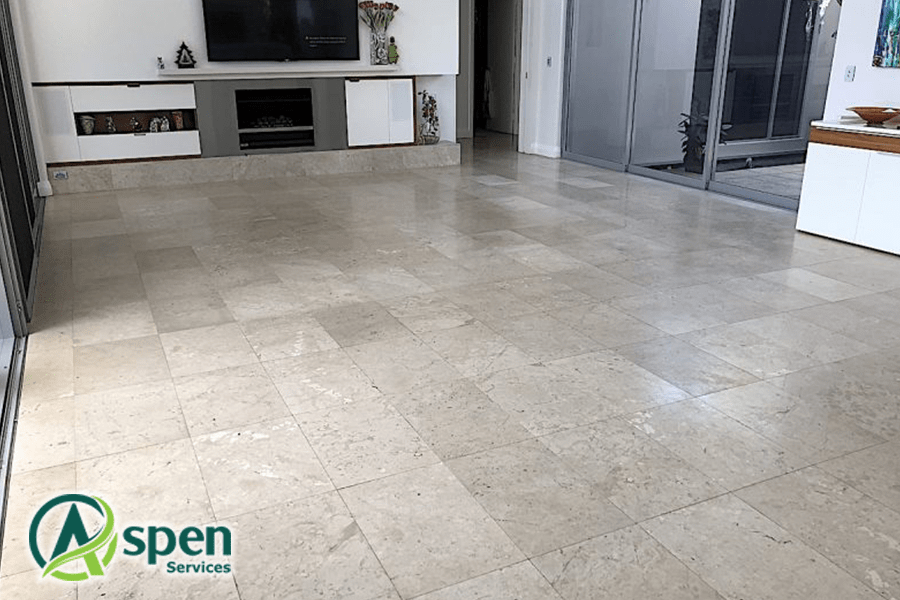Pavers are great options when you’re looking to add extra space or improve aesthetics around your home, but they can be tricky to clean and seal properly. This ultimate guide will give you everything you need to know about pavers cleaning and sealing so that you can get the best results possible in the shortest amount of time.
4 Methods of Pavers Cleaning and Sealing
1. Remove Loose Debris from Your Pavers
The first step to pavers cleaning and sealing is removing loose debris. The easiest way to do that is to use a lawnmower or weed trimmer. Make sure you wear protective gear, such as eye protection and gloves, when using lawnmowers or weed trimmers around your pavers. Also, make sure there’s no loose debris in your garden hoses before beginning to clean your pavers. Finally, be sure that you turn off any automatic irrigation sprinklers before starting so you don’t damage them with high water pressure.
2. Hose Down Your Pavers
The best way to do pavers cleaning and sealing is to hose them down completely. Make sure your pavers are dry before you start cleaning so that your sealant has a maximum hold. Use a stiff broom to remove any dirt or debris stuck in between pavers. You can also use a pressure washer for more thorough cleaning of your pavers, but make sure not to use too much pressure as it may damage them. Rinse off with fresh water after using any chemicals, brushes or cleaners on your pavers.
3. Give Your Pavers A Deep Clean
The first step to giving your pavers a deep clean is to apply a degreaser. Often, these products will include high concentrations of lye or sodium hydroxide that help remove grease, oils, and other substances. If you’re using a pressure washer to clean your pavers, you can follow up with some gentle scrubbing before sealing them. After all, it isn’t any fun having to live in an unclean environment! To get rid of unwanted dirt, it may be worth trying vinegar. This natural cleaning solution comes in many forms and works wonders on stains. It can also cut through grime on stone surfaces like marble, travertine, limestone, slate, granite, porcelain tile and more. To ensure your paver flooring looks as good as new every time, make sure you let it dry thoroughly before walking across it again.
4. Apply Sealant to Your Pavers
After sweeping your pavers, use a pump sprayer to apply a sealant to your pavers. Pump sprayers are more effective at delivering products than a traditional hose-end sprayer because they produce more even coverage with less waste. When you’re done applying sealant, let it sit for five minutes to allow it to fully penetrate into your pavers. Finally, scrub your pavers with a long-handled deck brush or broom to make sure you’ve completely removed any excess sealant (this is an important step). All the pavers cleaning and sealing processes are done! You’re now ready to start enjoying your new patio!
Conclusion
Now, you’re ready to do your pavers cleaning and sealing, right? Don’t get in too big of a hurry. Take your time. A thorough prep job will go a long way toward helping you achieve optimal results with each application of pavers cleaning and sealing. So don’t rush through these steps or overlook anything that could be a potential cause for problems further down the road. Make sure you do all you can before applying a coat of sealer because that quality and durability are directly related to how well your pavers were cleaned and sealed.
Still, you’re looking for a professional pavers cleaning and sealing service provider, contact us here: Aspen Cleaning Services

